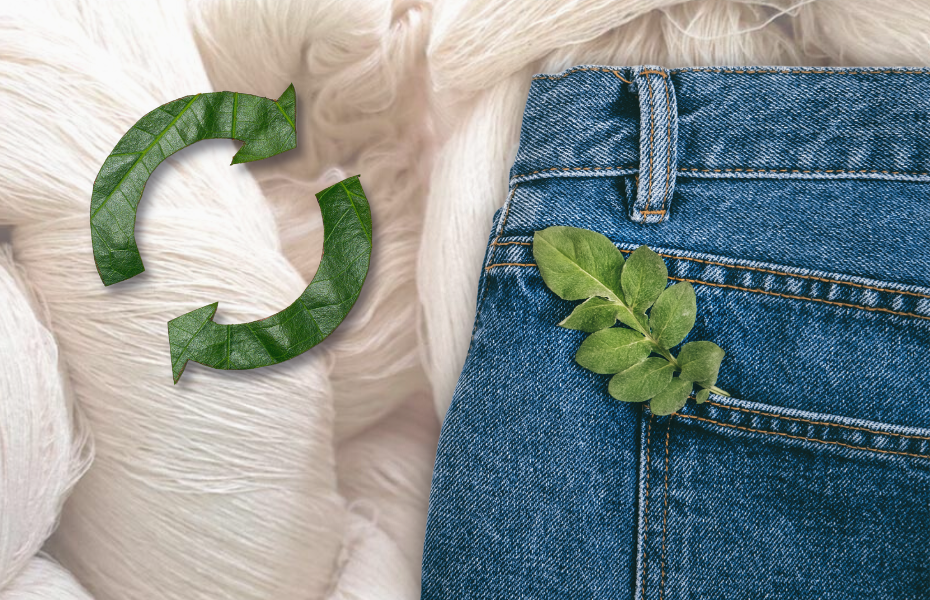Of all geometric figures, the circle represents excellence better than any other, it is a continuous figure, without edges, without fissures. One of the best applications of the circle has been and will be the wheel, its invention represented a great advance for mankind.
In the same way as the wheel in its day, the circular economy represents the greatest challenge and evolution for the next generations. And to put it into practice, in this article we will explain the circular process of post-consumer yarn.
The circular economy is presented as a system of resource use in which the reduction of elements takes precedence: minimizing production to the indispensable minimum, and when it is necessary to make use of the product, reusing those elements that cannot be returned to the environment due to their properties.
Circular process to manufacture post-consumer yarns
The circular process for manufacture post-consumer yarns are based in the circular economy principles, reusing a textile waste as a raw material for a new product. The main parts of this process are: sourcing, separation, shredding, mixing and spinning.
The sourcing and separation of this waste, are key factors to ensure the final product quality. It is necessary to source and separate the waste per composition and color, in order to deliver to the customer a yarn with the same attributes as virgin one. The clothes must be free of zippers, buttons, snaps, labels… that could damage the machinery used in the shredding process.
Before going further on the process, it is essential to verify the quality of the fiber and ensure that it meets the requirements for the intended end use. Depending on this, it will be necessary to add other fibers to the blend.
Finally, the fiber will be spun into a yarn that will become fabric, which will be made into a new garment, which after reaching the end of its lifecycle can be recycled again… Starting back the whole process all over again.


